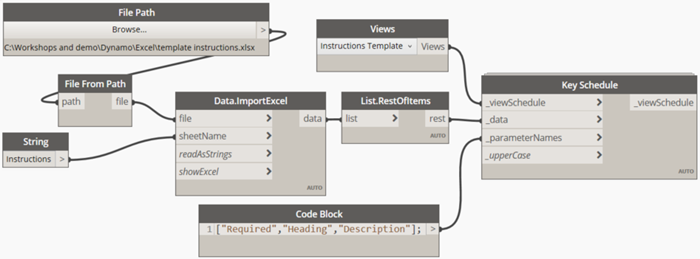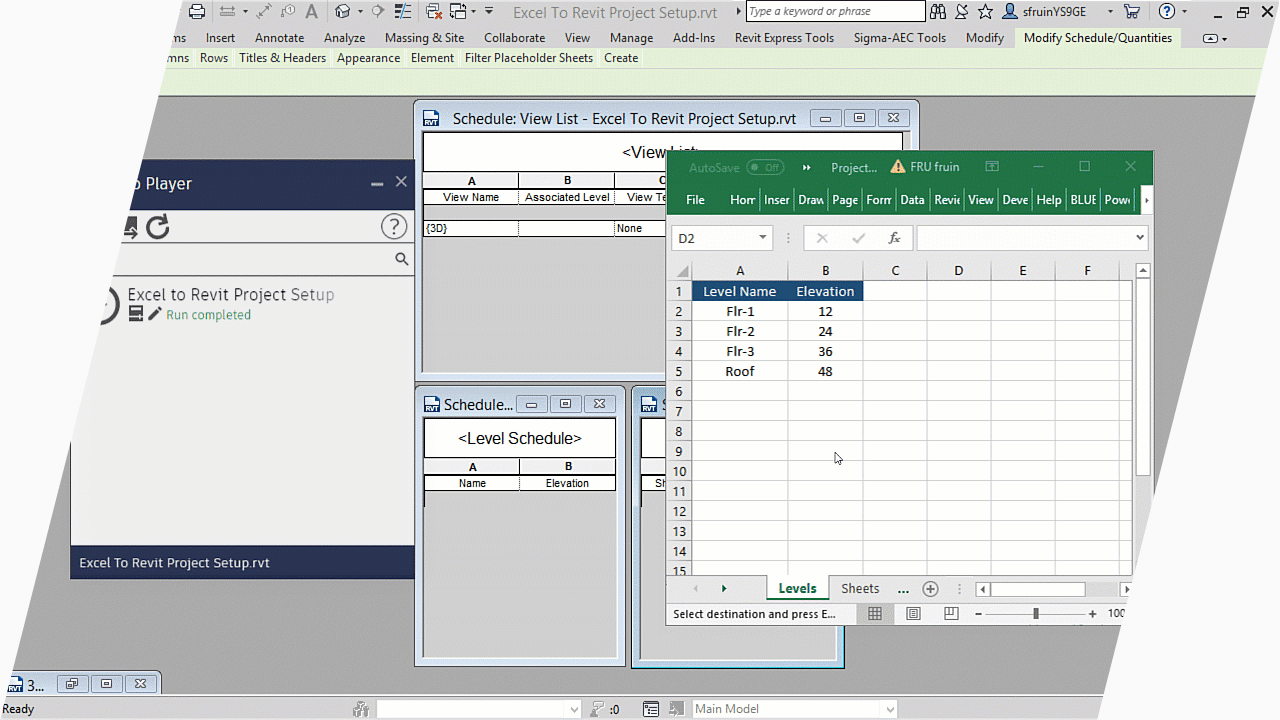Effectiveness Fulfills Precision: Check Out Necessary Revit Tools
Understanding the Art of Data Combination: Just How to Seamlessly Import Excel Files Into Revit
In this article, we will guide you with the procedure of understanding the art of information assimilation. Obtain all set to prepare your Excel information easily and follow our detailed guide to import data into Revit. With our finest methods, you'll accomplish data combination success in no time.
Comprehending the Value of Data Combination in Revit
Comprehending the value of information combination in Revit is critical for smooth importing of Excel documents. It permits you to successfully handle and upgrade details throughout the whole task when you integrate information from Excel right into Revit. This integration makes sure that your style and building procedure is updated and exact.
By incorporating information, you can easily import and upgrade criteria, routines, and also geometry in Revit. This eliminates the demand for hands-on information access, conserving you time and minimizing the threat of mistakes. With Revit's information integration abilities, you can preserve uniformity and precision in your project, while also enhancing collaboration amongst group members.

Checking Out the Excel Documents Layout for Revit Integration

In order to effectively integrate Excel files into Revit, it is important to make certain that the data is formatted properly. This includes effectively classifying rows and columns, along with structuring the data in such a way that works with Revit's data schema. Revit makes use of details parameters and classifications to organize information, so it is important to align the Excel information with these specifications to ensure a smooth integration.
Furthermore, it is vital to note that Revit just sustains specific information kinds when importing from Excel. These include text, numbers, and days. Any kind of various other data types, such as solutions or conditional formatting, will certainly not be identified by Revit and may cause concerns during the assimilation process.
Preparing Your Excel Information for Seamless Import Into Revit
To guarantee a smooth assimilation procedure, you'll need to properly style and label the columns and rows in your Excel data before importing it into Revit. This step is vital since it enables Revit to precisely translate and arrange your information. Start by analyzing your Excel data and recognizing which columns and rows consist of relevant info for your Revit job. After that, make certain to classify each column with a detailed and clear header. This will assist you and others easily understand the purpose of each column and avoid complication during the import process.
Next, ensure that the data in each column is correctly formatted. If you have a column for dimensions, make certain that all dimensions are constantly formatted in the exact same systems of measurement. Revit relies upon regular formatting to properly translate and import information.
Additionally, it is necessary to inspect for any vacant cells or inconsistencies in your data. Revit may not be able to check out or import information from cells that are empty or include mistakes. It is advised to evaluate your Excel data and clean up any type of inconsistencies before importing it right into Revit.
Step-By-Step Overview to Importing Excel Info Into Revit
As soon as you have actually properly formatted and labeled your Excel information, you can quickly import it into Revit by following this step-by-step guide. To begin, open Revit and navigate to the "Insert" tab. Click on "Import CAD" and pick "Import Excel" from the dropdown food selection. A brand-new home window will show up, asking you to locate the Excel documents you wish to import. Search your computer system and pick the Excel documents, then click "Open."
Next, a dialog box will appear, allowing you to customize the import settings. Here, you can select the worksheet you wish to import, define the series of cells to import, and pick the proper units for your information. As soon as you have actually made your choices, click "OK" to proceed.
Revit will now present a sneak peek of your Excel information. Take a minute to examine the preview and make certain that every little thing looks right. If required, you can make modifications to the import settings by clicking on the "Settings" button.
Ideal Practices for Data Integration Success in Revit
Make sure you comply with these ideal practices to ensure effective assimilation of information in Revit. It is critical to arrange your information in Excel before importing it into Revit. Be mindful of the information and systems kinds when mapping the data, as any kind of inconsistencies can lead to errors in the integration process.
Another vital technique is to regularly validate and update your data. As your project go to this site proceeds, it is vital to maintain your Excel data up to day with any type of changes made in Revit. This will certainly assist maintain the accuracy and consistency of your information across both platforms. In addition, take advantage of data recognition tools within Revit to recognize any type of errors or incongruities in the integrated information.
Lastly, it is advised to establish a clear operations for data combination. This consists of defining duties and obligations, establishing up a communication channel in between staff member, and establishing a normal cadence for data updates and testimonials. By following these finest practices, you can make sure a smooth and successful assimilation of data in Revit, eventually boosting the efficiency and accuracy of your job.
Verdict
In final thought, mastering the art of information assimilation is critical for smooth import of Excel submits right into Revit. Comprehending the value of data combination in Revit is the first step towards effective assimilation.
When importing information from Excel into Revit, it is important to understand look what i found the file format and just how it can influence the combination process (import excel into revit). Revit makes use of certain specifications and categories to organize information, so it is crucial to line up the Excel information with these parameters to make sure a seamless integration
Be conscious of the systems and data types when mapping the information, as any kind of inconsistencies can lead to errors in the assimilation procedure.
In addition, make usage of data recognition tools within sites Revit to identify any kind of errors or inconsistencies in the incorporated data.
